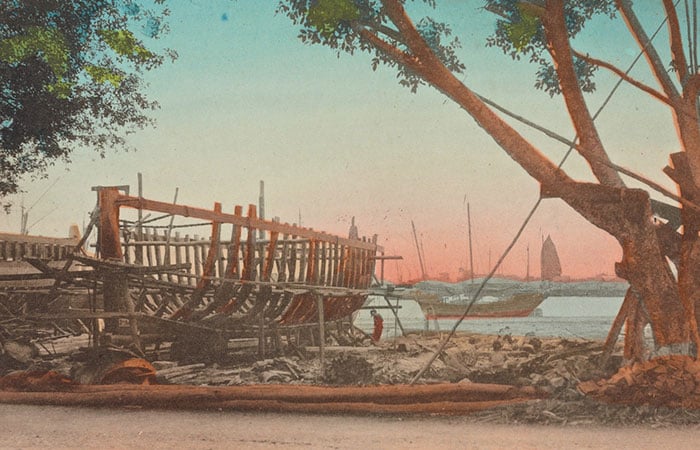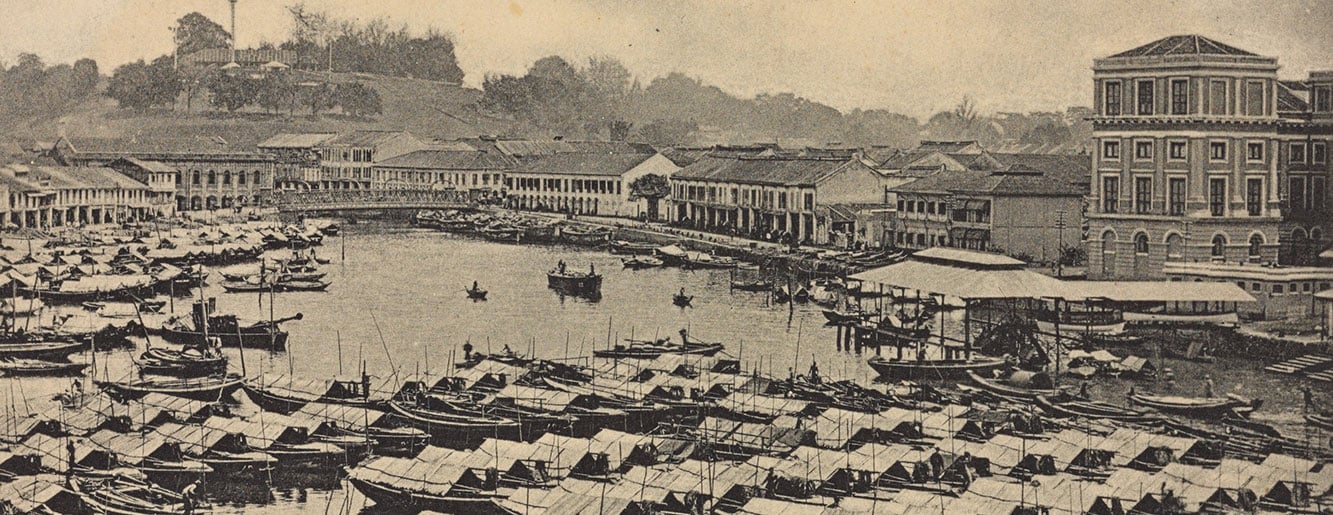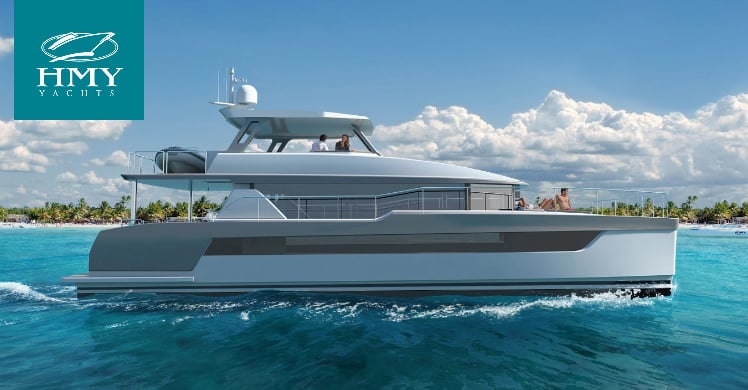History of Sailing Navigation
For centuries, sailors and ship captains have had to figure out ways to get to their destination safely and efficiently, despite being in the middle of the ocean. The art of plotting the best route is called navigation, and it came about when boats began shipping traded goods around 3500 B.C.

The earliest navigators used instructional lists to chart their course. They remained close to shore and only moved during daylight hours so they could use landmarks to track their route. Navigators who wandered out of sight from the shore calculated their latitude based on the height of the sun during the day and of the North Star at night.
The best captains used the major constellations to navigate by night, but it wasn’t an exact science. Navigators had no way of calculating longitude and often gauged how far east or west they were by calculating their ship’s speed and multiplying it by how long they’d been at sea. However, these calculations were rarely correct.
Other mariners worked to determine their location on the open seas by measuring water depth and tracking wind direction. By finding which of the eight winds on the wind rose they were experiencing, navigators would know where they were in relation to known lands.
The first voyagers likely made a lot of navigational errors, but among the most successful navigators were the Vikings. Viking explorer Floki Vilgjerdarson, who discovered Iceland, was known for using ravens he would release from a cage when he believed he was close to land. If the ravens circled the boat, no land was near. If they disappeared, he would follow them toward land. From 900 to 1000, the Vikings sailed from Scandinavia to Iceland and Greenland guided only by the wind, sun, and stars.
In the early times of navigation, compasses were not as critical as they are today. That said, the earliest compasses were crudely made and much less accurate. The most pragmatic use for them was to determine wind direction so people could track their location using the eight winds of the wind rose.
In the 13th century, the invention of improved navigational tools, such as the lead line used for measuring water depth, helped increase navigational accuracy. Mariners also started using nautical charts to map their course in relation to landmarks, but since they lacked technology to measure distances at sea, these were very imprecise.
The first version of the sextant was called an astrolabe, invented by Martin Behaim in 1484. It measured the angle between the horizon and the sun or the North Star to determine latitude. At this time, navigators still didn’t have the technology to calculate longitude, which may account for why Christopher Columbus thought he was in India when he first arrived at Hispaniola and called the local people “Indians.”
In the 16th century, the invention of the chip log allowed captains to determine the speed of their moving ship. Knowing their speed enabled them to determine distance traveled and use it to estimate their longitude based on where they began.
The invention of accurate clocks was another key advance for navigators. Finally, they could calculate the longitude of their location by subtracting the difference between the current time and the time it was at longitude 00. Longitude tracking became more accurate with the invention of the chronometer by John Harrison in 1764. James Cook circumvented the globe with this chronometer and used it to create detailed and accurate nautical charts that changed navigation forever.
Navigators continued to use the chronometer as their main tool until radio signals became universal. The radio provided captains a continually updated time signal from the Prime Meridian (00). Now, all you need to calculate longitude is a watch to tell the time.
The 20th century’s wars drove more developments in navigation tools. The gyroscopic compass, which points to true north rather than magnetic north, became the most accurate compass, invented in 1907. Long-range navigation was developed as a navigation system in the U.S. between 1940 and 1943, but one of the greatest advances in the modern era came in 1973, when the U.S. created the GPS (Global Positioning System), made up of 24 satellites. Today, navigators are so used to these technologies that many wouldn’t know how to plot a course by calculating latitude and longitude or by using other methods of their predecessors.
More Information:
- Secrets of Ancient Navigators
- Navigation and Related Instruments in the 16th Century
- Wayfinding: Non-Instrument Navigation on the Pacific
- Eight Tools We Used to Navigate the World Around Us Before GPS and Smartphones
- Navigation of the American Explorers: 15th to 17th Centuries
- How Far They’ll Go: Moana Shows the Power of Polynesian Celestial Navigation
- Navigation Tools
- How Columbus and Apollo Astronauts Navigated
- Tools Used by Early Explorers
- Mysterious Sundial May Be Secret to Viking Navigation
- Tools of Navigation
- Navigating By the Stars
- Navigation Before Netscape
- Maps in the Stars: How Polynesians Used Celestial Navigation to Become the World’s Best Explorers
- The Phoenicians: Master Mariners
- Rare Solar Navigation Tool Found in Ancient Shipwreck
- How Did Early Sailors Navigate the Oceans?< /a> (video)
- Viking Navigation: Sailing the Open Seas
- A History of the Magnetic Compass

